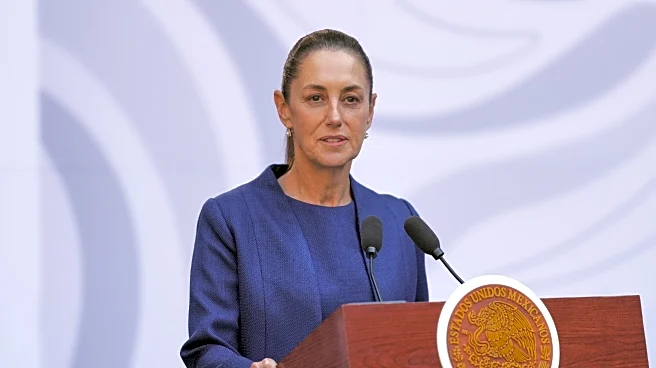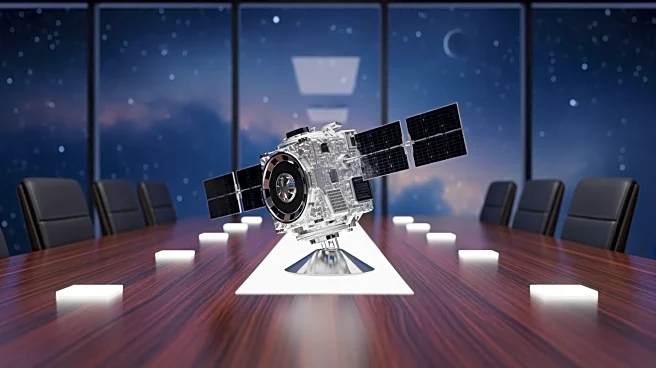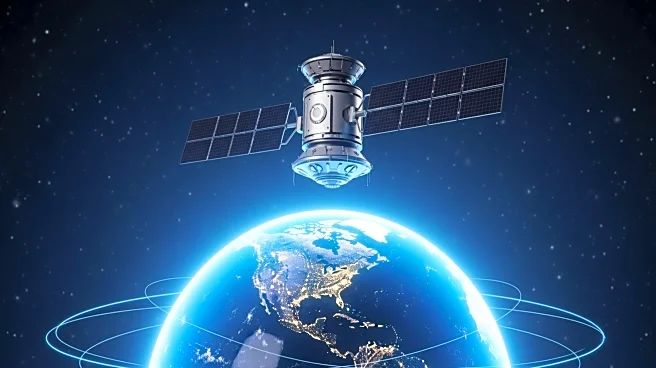What's Happening?
The Eastern Range, encompassing Cape Canaveral Space Force Station and NASA's Kennedy Space Center, has reached a significant milestone by hosting its 100th orbital launch of the year. This achievement
marks the first time the range has accomplished such a high number of launches in a single year, with projections indicating that this number could triple over the next decade. The range is facing unique challenges due to the operations of three superheavy rockets: Blue Origin's New Glenn, NASA's Space Launch System, and SpaceX's Starship, alongside other smaller rockets like Falcon 9s and Vulcans. Brig. Gen. Wayne Monteith, former director of the Eastern Range, highlighted the importance of coordination as launch rates increase, emphasizing the need for visionaries to drive progress in the space industry.
Why It's Important?
The increase in launch frequency at the Eastern Range signifies a growing demand for space exploration and commercial satellite deployment. This trend is crucial for the U.S. aerospace industry, as it supports technological advancements and economic growth. The presence of major players like SpaceX, Blue Origin, and NASA at the range underscores the competitive nature of the space sector, driving innovation and efficiency. The ability to manage and coordinate multiple launches effectively is vital for maintaining safety and operational standards, which are essential for the industry's sustainability and expansion.
What's Next?
As the launch rate continues to rise, the Eastern Range will need to address the challenges of coordinating multiple superheavy rocket operations. This includes developing strategies to manage shared resources and ensuring safety protocols are upheld. The range's ability to adapt to these demands will be critical in supporting future space missions and maintaining its role as a key hub for U.S. space activities. Stakeholders, including government agencies and private companies, will likely collaborate to enhance infrastructure and streamline processes to accommodate the increasing launch frequency.












